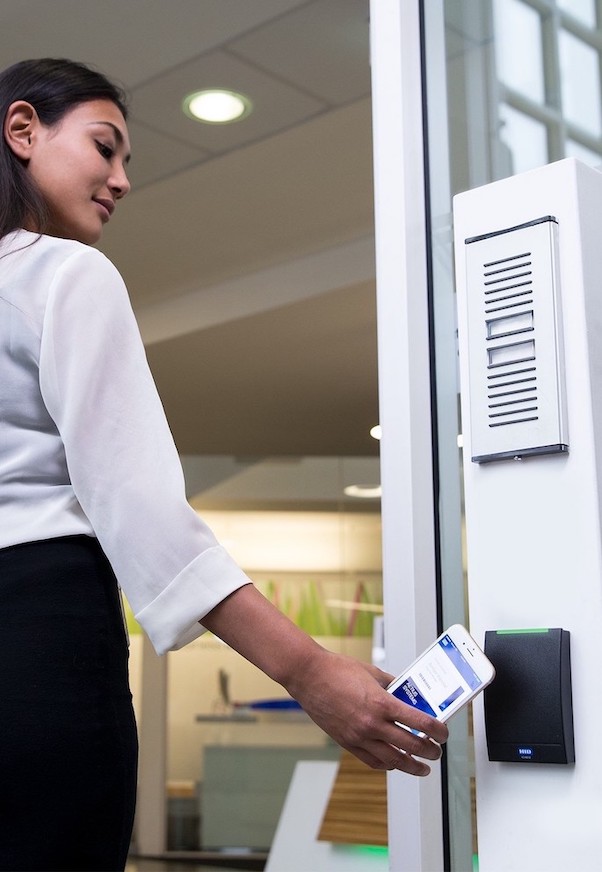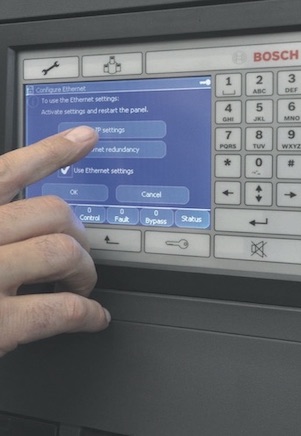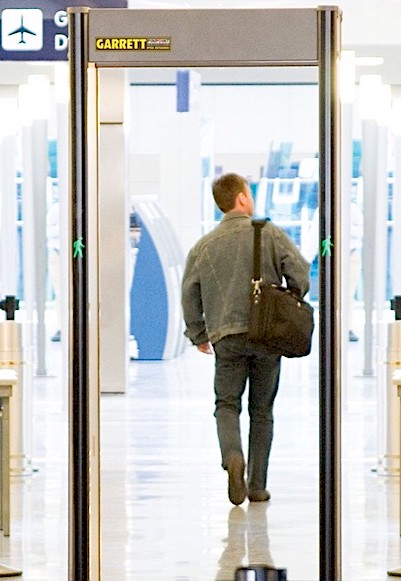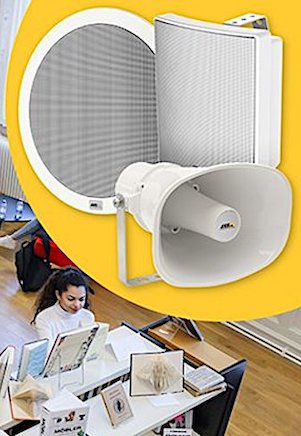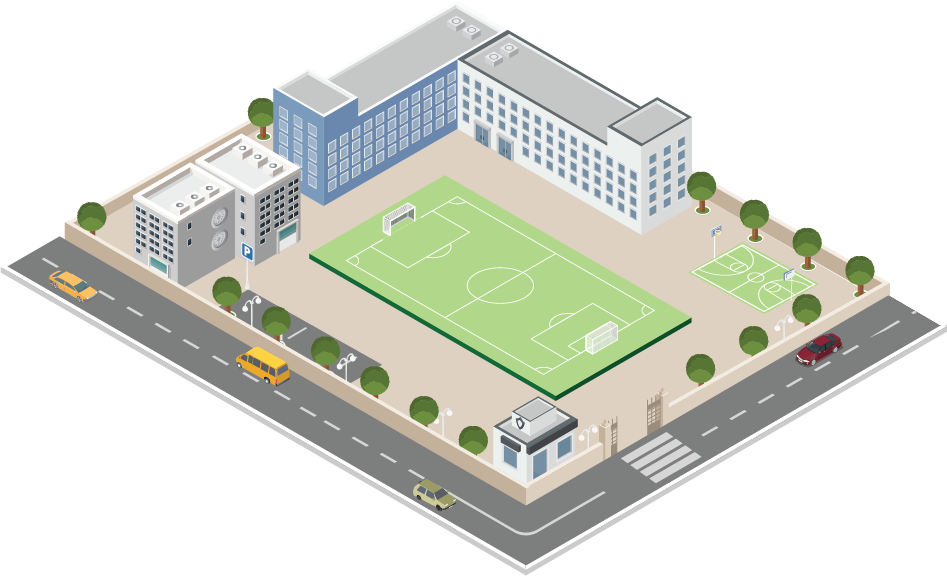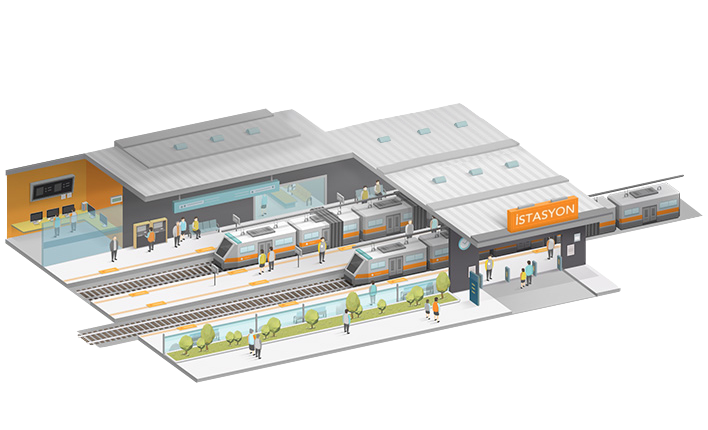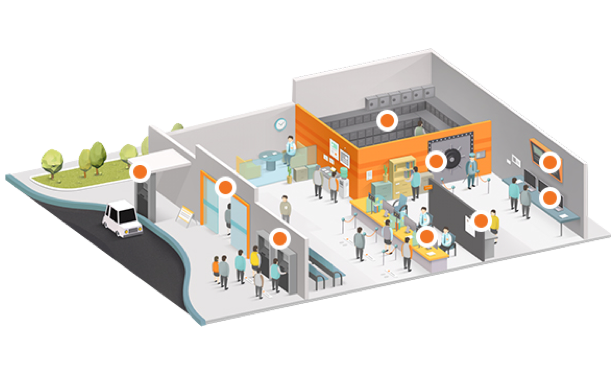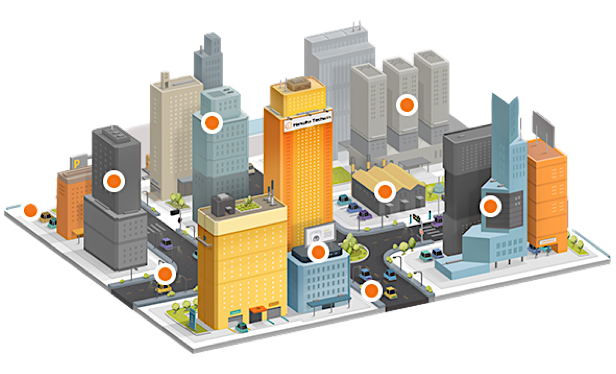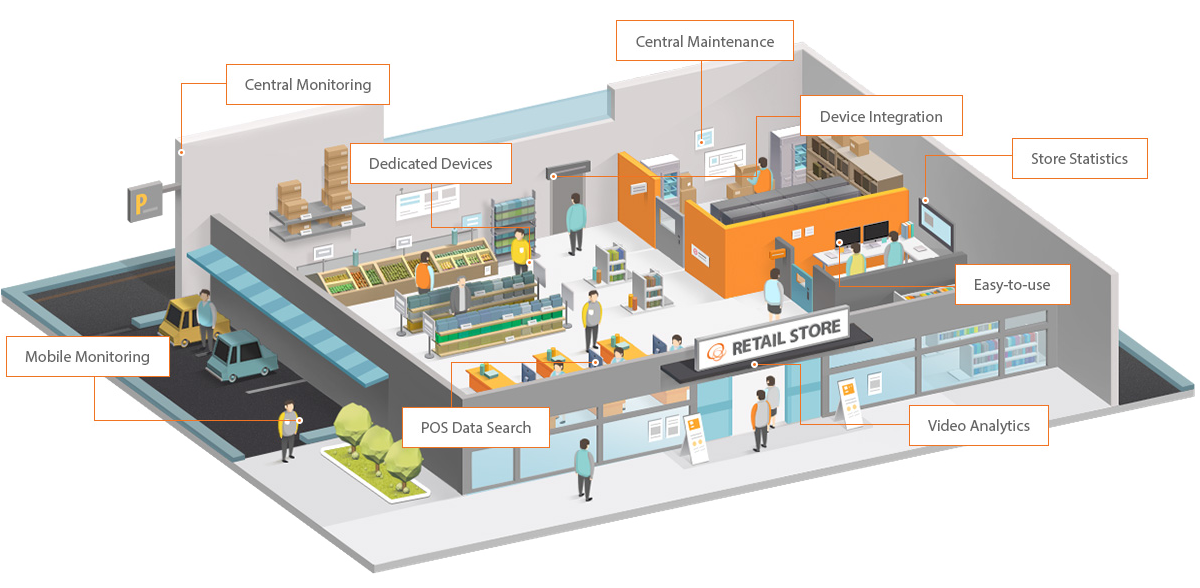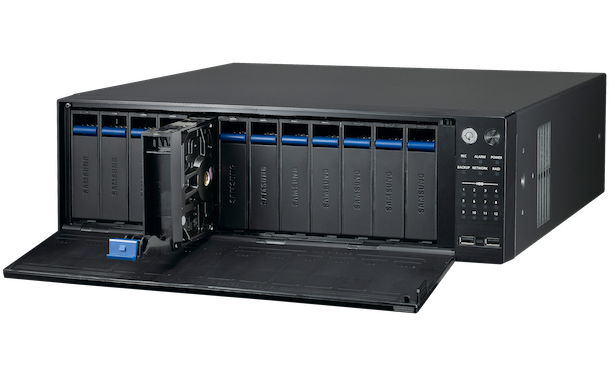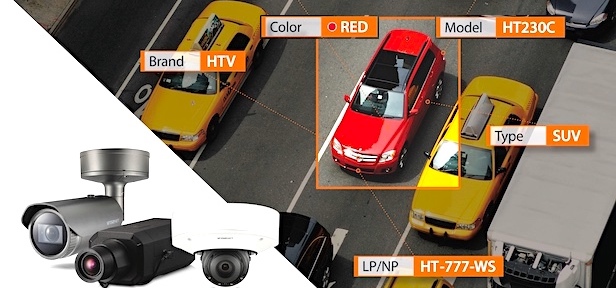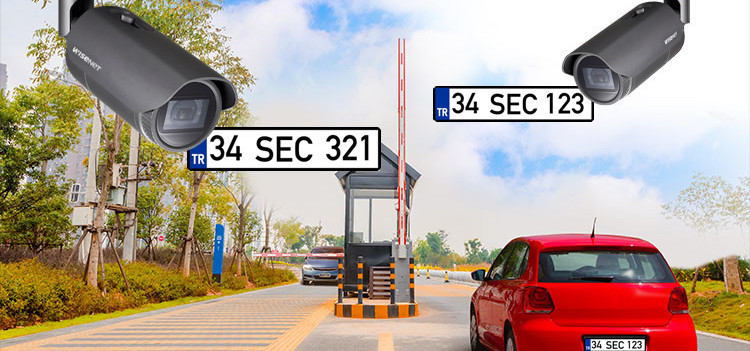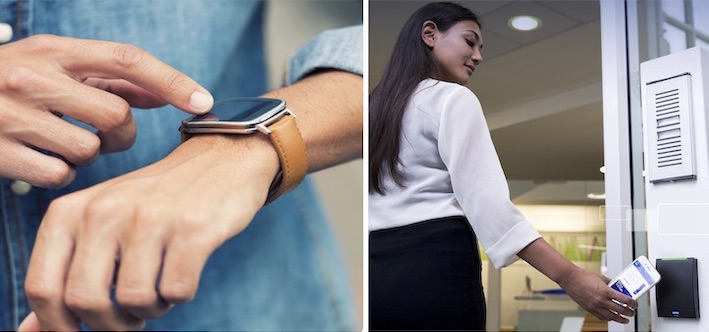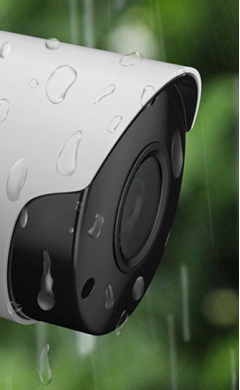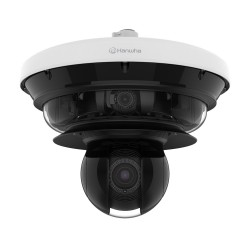Multi-Directional AI Cameras

Multi-directional AI cameras offer cost-effective and intelligent surveillance coverage
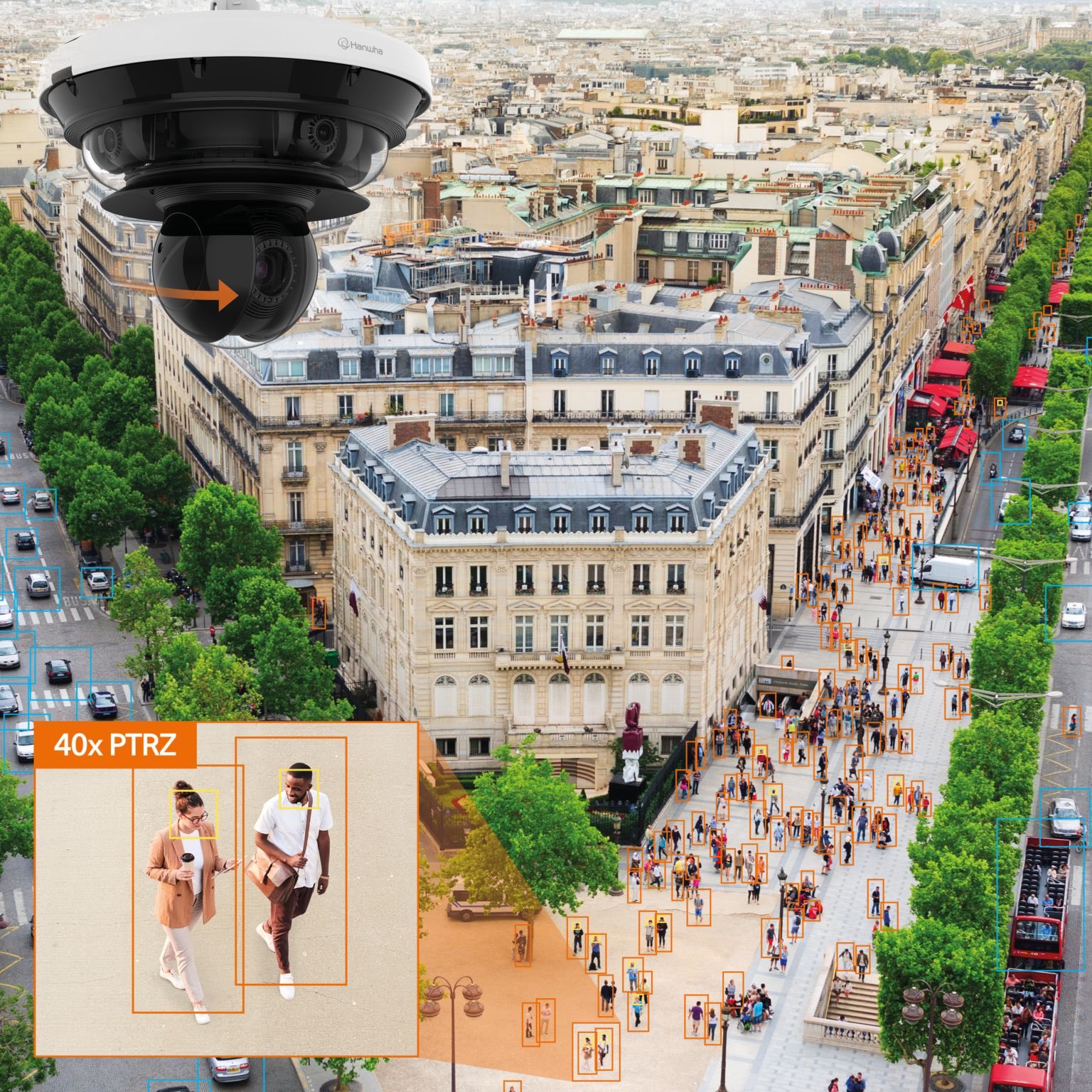
Security leaders are under increasing pressure to protect ever-more complex sites while proving the value and cost-effectiveness of their security systems. Now, multi-directional AI cameras are emerging as an effective solution for organisations in need of streamlined systems that provide comprehensive coverage and AI-driven insights. Multi-directional AI cameras combine multiple cameras into a single unit, giving the benefits of three, four and even five AI cameras — without the associated costs of running several devices.
Significant cost savings
A primary advantage of multi-directional AI cameras? Cost-effectiveness. In a traditional set-up, operators may have multiple cameras to cover a large and complex scene, each with its own power supply, cable, network port and licence. With multi-directional models, security leaders only need to invest in one set of equipment, cabling and a single VMS (video management system) licence.
Installation and maintenance costs and time can also be lower since there are fewer cameras to install, check and service. A single device will also use less energy compared to multiple units, resulting in significant cost savings in the long term.
Furthermore, PTRZ (pan, tilt, rotate, zoom) remote adjustment features on some multi-directional models allow systems integrators to adjust camera settings, lens position and viewing angles remotely through a web viewer. This eliminates the need for physical presence at the installation site for minor tweaks, enhancing operational efficiency and reducing maintenance costs.
AI efficiencies
Modern multi-directional cameras, such as Hanwha Vision’s 4 and 5-channel AI models, are equipped with powerful analytics that enhance operators’ situational awareness and responsiveness. AI features allow these cameras to perform advanced analytics directly on the device (also known as “edge AI”), reducing server-side computing requirements to save costs while also bolstering cybersecurity.
Such AI capabilities mean the cameras can accurately detect and classify people, faces, vehicles (including types), and licence plates. Deep-learning AI can discern between objects of interest and irrelevant motion, such as wildlife, shadows or moving trees. As a result, false alarms are significantly reduced, while efficiency is vastly improved. With AI, operators can be automatically alerted only to events that require their attention, such as a potential intrusion attempt or a person entering a space outside working hours.
In addition, AI-powered object classification also allows for more efficient forensic search, meaning operators can quickly find relevant event footage if investigations are required. They also support sophisticated features such as virtual loitering and line-crossing detection, auto shutter control, Hanwha Vision’s smart compression technology WiseStream III, and WiseNR II noise reduction.
Multiple applications
Multi-directional AI cameras are ideal for monitoring large and complex areas including city centres, airports, traffic intersections and busy logistics yards. For instance, Hanwha Vision’s 5-channel model, the PNM-C34404RQPZ, provides operators with extensive coverage using a PTZ and fixed cameras in one combination, with detailed image quality of up to 4K and a powerful suite of AI analytics.
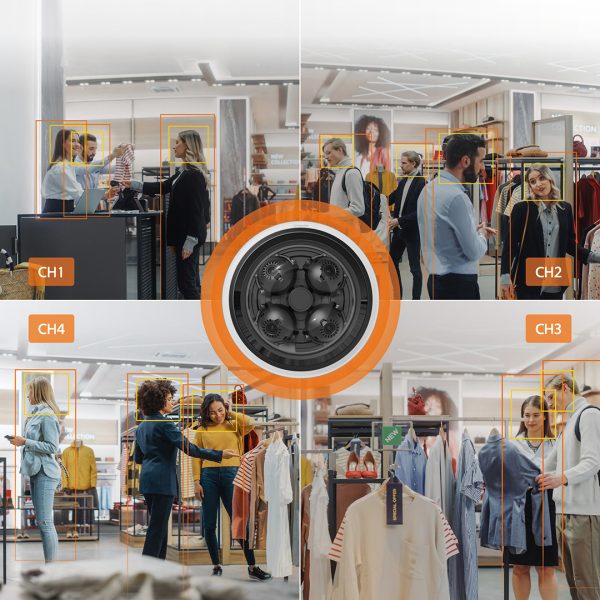
Multi-directional AI cameras can also be well-suited to indoor environments such as retail, offices and spaces with low ceilings. “Mini” multi-directional AI models are compact and discreet meaning they can be seamlessly installed in settings with low ceilings or where aesthetics are a priority. As these devices can provide up to four different video streams, operators can easily monitor a scene without having to switch between cameras, and with a wider field-of-view compared to a single camera.
Clear visuals in low-light conditions
Surveillance effectiveness can decrease in low-light conditions, but modern multi-directional cameras are equipped with independent infrared (IR) zones and long-range IR capabilities to deliver clear visuals even in complete darkness. For instance, across Hanwha Vision’s multi-directional range, there are options that allow operators to manually adjust the intensity of each IR zone to prevent reflections and optimise image quality, giving a clear view of sites regardless of lighting conditions.
A cost-effective and versatile solution
Multi-directional AI cameras are an ideal solution for businesses in need of comprehensive and intelligent surveillance coverage, without the costly and time-consuming installation and maintenance of multiple cameras. They are cost-effective and versatile, with many use cases across outdoor environments including cities, logistics centres, transport and industrials, as well as indoor applications, such as shared offices and retail.





